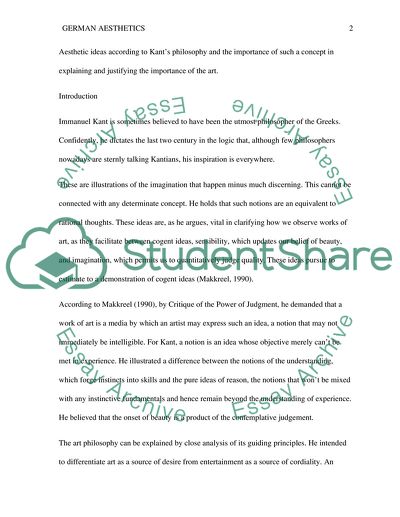Cite this document
(“German Aesthetics Essay Example | Topics and Well Written Essays - 1250 words”, n.d.)
German Aesthetics Essay Example | Topics and Well Written Essays - 1250 words. Retrieved from https://studentshare.org/philosophy/1644401-german-aesthetics
German Aesthetics Essay Example | Topics and Well Written Essays - 1250 words. Retrieved from https://studentshare.org/philosophy/1644401-german-aesthetics
(German Aesthetics Essay Example | Topics and Well Written Essays - 1250 Words)
German Aesthetics Essay Example | Topics and Well Written Essays - 1250 Words. https://studentshare.org/philosophy/1644401-german-aesthetics.
German Aesthetics Essay Example | Topics and Well Written Essays - 1250 Words. https://studentshare.org/philosophy/1644401-german-aesthetics.
“German Aesthetics Essay Example | Topics and Well Written Essays - 1250 Words”, n.d. https://studentshare.org/philosophy/1644401-german-aesthetics.


